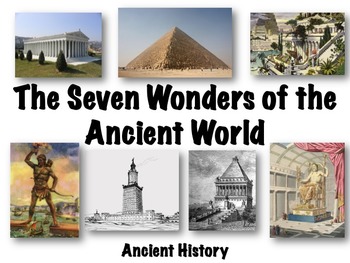The Temple of Artemis at Ephesus located on the western coast of Asia Minor (modern Turkey) was built in the 6th century BCE, and such was its tremendous size, double the dimensions of other Greek temples including the Parthenon, that it was soon regarded as one of the Seven Wonders of the ancient world. Destroyed by a deliberate fire in the 4th century BCE and then rebuilt, the great Ionic temple survived until Late Antiquity and the Gothic invasion of c. 267 CE. Once again rebuilt, in 401 CE it was torn down for the last time by a Christian mob. Today only the foundations and a solitary column stand as a reminder of the site where once stood the greatest temple in the ancient Mediterranean.
Ephesus (or Ephesos) was a Greek colony on the eastern coast of Asia Minor founded in the 8th century BCE, although there had been Greek settlers in the area from c. 1200 BCE. The Greek goddess Artemis (Diana to the Romans) was particularly important to the Ephesians, indeed her birthplace was considered by them as nearby Ortygia (for other Greeks it was Delos). Artemis was the goddess of chastity, hunting, wild animals, forests, childbirth, and fertility. The goddess’ cult at Ephesus included eastern elements (borrowed from goddesses such as Isis, Cybele, and the “Mistress of the Animals”), as did her representation in art, with surviving statues, unlike elsewhere in Greece, being covered in eggs as symbols of her role as a fertility goddess. Hence, the goddess worshipped at Ephesus is often referred to as Artemis Ephesia.
There had already been several versions of the temple over the centuries at Ephesus, and Herodotus describes the Ephesians tying a rope 1243 metres (4081 ft) long between the old temple and the city in a desperate and as it turned out futile hope that their dedication of the entire city to Artemis would save them from the Lydians. The city had an up and down relationship with the neighbouring kingdom of Lydia, resisting many attacks but at the same absorbing some cultural elements. The Lydian king Croesus (r. 560-546 BCE) conquered Ephesus between 560 and 550 BCE, and then funded the construction of new buildings, including a great new temple to Artemis or, as the Greek historian Herodotus put it, he “dedicated many columns” (Histories, 1.92). An interesting archaeological find at the site was a column drum carrying the inscription 'dedicated by Croesus'.
BEGUN C. 550 BCE, THE MARBLE TEMPLE WOULD TAKE 120 YEARS TO COMPLETE, & LIKE ITS PREDECESSORS, IT WAS DEDICATED TO ARTEMIS & SO WAS SOMETIMES REFERRED TO AS THE ARTEMISIUM.















